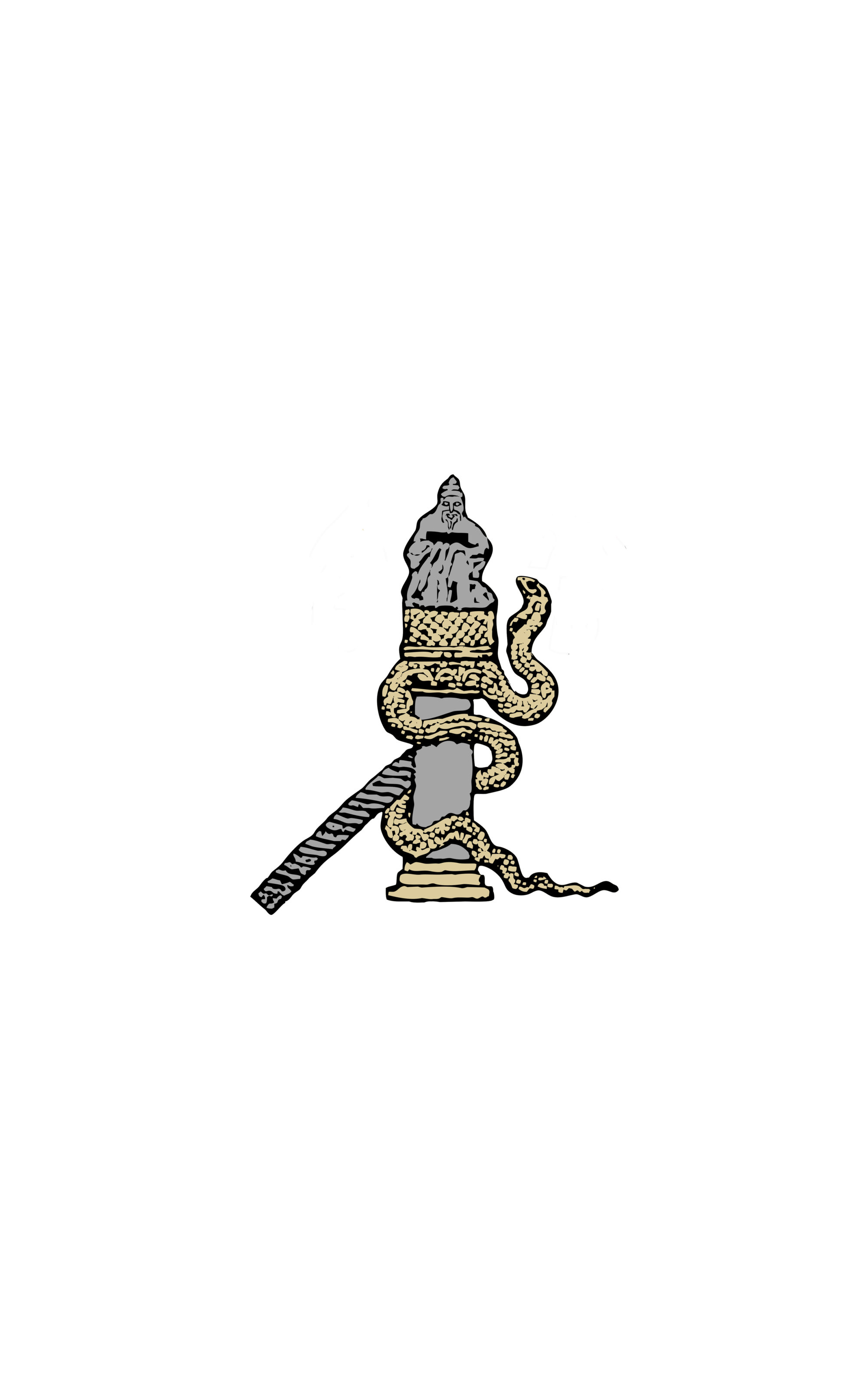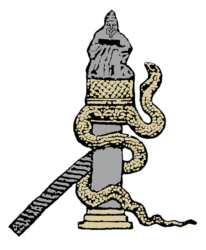The scene of the communion of the Apostles on Syrian, Armenian and Coptic manuscripts.
Nikitas Passaris, Université d’Athènes
The subject of the Communion of the Apostles is based on the evangelic narration of the Last Supper. In this presentation, based on my PhD research, we will present scenes from Syrian, Armenian and Coptic manuscripts and compare them to the Liturgical Typikon, in order to determine to which extent the representation of the scene has been influenced by the differences of the Liturgical Typikon.
The older scenes with this subject date to the second half of the 6th century and come from the aerea of Syria. Two types dominate according to the representation of Christ. In the first one, Christ is represented once, as in the Raboula manuscript, whereas in the second, who is more common, Christ is represented twice behind the altar offering bread and wine to two Apostles. In these representations, contemporary practices of the Liturgy are depicted. The model for these scenes could be found in monumental painting and particularly in the Church of the Last Supper, on Mount Sion in Jerusalem, which we know of from written sources. In addition, the oldest scenes are represented on Coptic frescoes of the 7th and 8th century, in the sanctuary, confirming the hypothesis of a model in monumental art. Representations are rare in monumental art, and these scenes are indeed important for this matter as they are the only pre-iconoclastic representations. The scene is found in the Coptic manuscript Par.Nat.Copt.13, of the 12th cent., in which the Apostles are depicted in different movements. In the Syrian manuscripts Brit.Mus.add.1170 and Vat.Syr.559, beginning of the 13th cent., Christ is represented on a throne, whereas in the manuscript Deir Zafaran (mid 13th cent.), the Apostles are represented on two levels. The Communion of the Apostles has also been represented in four Armenian manuscripts of the 13th and 14th cent., in which one can find differences in the representation of the subject. Do these scenes represent the differences in the Liturgical Typika or are these differences simply due to the evolution of the consecrated type of the 6th century?

